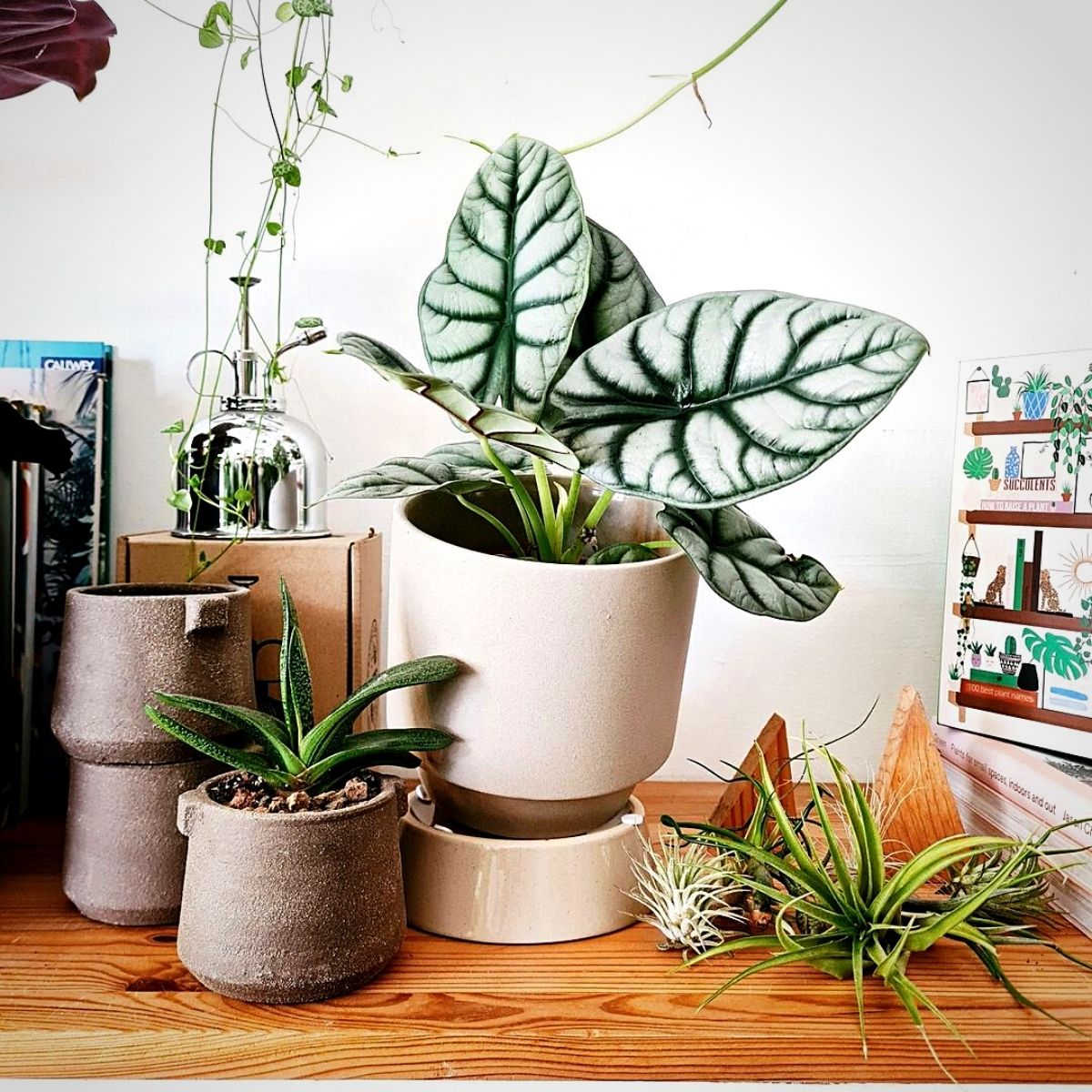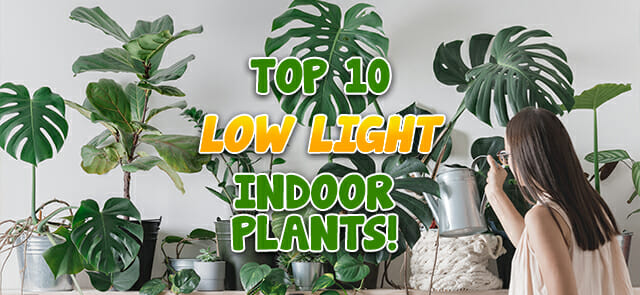The Best Low-Light Indoor Plants to Improve Your Home’s Air Quality
Reveal the Keys of Low-Light Indoor Plants and Exactly How They Boost Your Setting
Low-light indoor plants have actually garnered raising focus for their one-of-a-kind capability to boost both aesthetic appeal and ecological high quality within workplaces and homes. These durable types, consisting of the Snake Plant and Tranquility Lily, not only flourish in difficult lighting problems yet additionally play a pivotal function in air purification and emotional health. Recognizing the details advantages and treatment demands of these plants can dramatically affect your living room. As we discover the details of their benefits, you might uncover insights that can change your environments in unforeseen ways.
Benefits of Low-Light Indoor Plants
Although lots of people assume that indoor plants require abundant sunlight to prosper, low-light interior plants supply a wide variety of advantages that make them excellent for various environments. One of the primary benefits is their versatility; they can grow in areas with minimal all-natural light, such as workplaces, cellars, or areas with little home windows. This function allows individuals to enhance their surroundings with plant, adding to improved looks without the requirement for substantial illumination adjustments.
Additionally, low-light indoor plants can significantly boost indoor air quality by releasing and filtering system dangerous contaminants oxygen, making living spaces healthier. The visibility of plants has actually been connected to higher sensations of tranquility and emphasis.
Additionally, low-light plants frequently require less upkeep than their sun-loving counterparts, making them optimal for hectic people or those brand-new to gardening. Their durability enables them to love very little treatment, hence supplying a satisfying experience for plant fanatics and novices alike. In recap, low-light interior plants serve both aesthetic and useful objectives, making them beneficial additions to any type of area.
Leading Low-Light Plant Selections
Low-light interior plants been available in a range of species, each offering special features and benefits suited for dim atmospheres. Amongst the most preferred selections is the Serpent Plant (Sansevieria), understood for its air-purifying abilities and building fallen leaves. This resilient plant thrives on neglect and can tolerate a wide array of light conditions.
One more superb choice is the ZZ Plant (Zamioculcas zamiifolia), which features glossy, dark environment-friendly fallen leaves and is highly drought-tolerant. Its flexibility makes it a favorite for workplaces and homes with minimal sunlight.
The Pothos (Epipremnum aureum) is likewise a top competitor, with its routing vines and heart-shaped fallen leaves - Best low-light indoor plants. This functional plant can be trained to climb up or waterfall, adding aesthetic passion to any type of room

Treatment Tips for Low-Light Plants
Taking care of low-light indoor plants needs a nuanced understanding of their details demands to make sure optimal development and vitality. Initially, it is important to select the ideal potting mix, as a well-draining dirt is essential to stop root rot. A mix designed for houseplants, frequently having peat moss and perlite, works well for a lot of low-light ranges.
Watering is another essential element of treatment. Low-light plants usually need much less regular watering compared to their see this site sun-loving counterparts.
Fertilization ought to be come close to with care. Throughout the growing season, a watered down fluid fertilizer can be used monthly, yet in wintertime months, lots of low-light plants go into inactivity and need little to no fertilization.
Finally, it is necessary to occasionally cleanse the fallen leaves to eliminate dirt, enabling much better light absorption. By adhering to these treatment ideas, you can cultivate a thriving environment for your low-light indoor plants, boosting both their appearance and durability.
Enhancing Air High Quality With Plants
Interior plants play a significant duty in improving air high quality within homes and workplace spaces. With the process of photosynthesis, these plants absorb carbon dioxide and launch oxygen, adding to a healthier environment. In addition, certain low-light interior plants have the capability to filter damaging pollutants, such as benzene, trichloroethylene, and formaldehyde, which are commonly located in indoor settings.

In addition, the visibility of indoor plants can raise humidity levels, which assists reduce completely dry skin and breathing problems, better improving overall wellness. This capability to enhance air quality not just advertises physical wellness however additionally supports mental wellness.
Including low-light interior plants right into your living and working areas can bring about a more invigorating and dynamic environment (Best low-light indoor plants). Investing in these all-natural air cleansers is a straightforward yet effective technique for improving indoor air top quality and promoting a healthier way of life
Developing a Tranquil Indoor Space
The integration of plants into living areas not just improves air top quality however additionally adds to a relaxing environment. Low-light indoor plants, such as snake plants and pothos, are especially reliable in creating a peaceful environment, as they flourish in problems that may or else be unwelcoming for other greenery. Their rich vegetation provides a soothing aesthetic, lowering tension and advertising leisure.
Integrating these plants right into your office or home can stimulate a sense of tranquility and well-being. Strategically placing them in locations where you spend substantial time, such as living work areas or areas, permits for an immersive experience with nature, which has actually been shown to enhance mood and cognitive Bonuses function.
Moreover, the mild motion of fallen leaves in response to airflow can develop a vibrant visual component that boosts the general ambiance. Consider utilizing a selection of plant elevations and textures to add depth and rate of his comment is here interest to your room. With thoughtful positioning and treatment, low-light interior plants can change any kind of area into a serene refuge, promoting not just visual fulfillment yet also psychological and emotional wellness.

Verdict
Including low-light indoor plants right into numerous settings returns substantial benefits, including enhanced air high quality and boosted visual charm. The transformative power of low-light plants underscores their worth in enhancing both residential and work-related settings.
Although several individuals presume that indoor plants require bountiful sunlight to flourish, low-light interior plants offer a wide range of benefits that make them ideal for numerous environments.In addition, low-light interior plants can substantially boost interior air quality by filtering harmful toxins and launching oxygen, making living areas healthier. Additionally, certain low-light interior plants possess the capability to filter dangerous contaminants, such as trichloroethylene, formaldehyde, and benzene, which are generally located in indoor environments.
Low-light indoor plants, such as snake plants and pothos, are especially reliable in producing a peaceful setting, as they prosper in problems that may or else be unwelcoming for various other plant.Incorporating low-light indoor plants right into numerous atmospheres returns substantial advantages, including enhanced air top quality and enhanced visual charm.